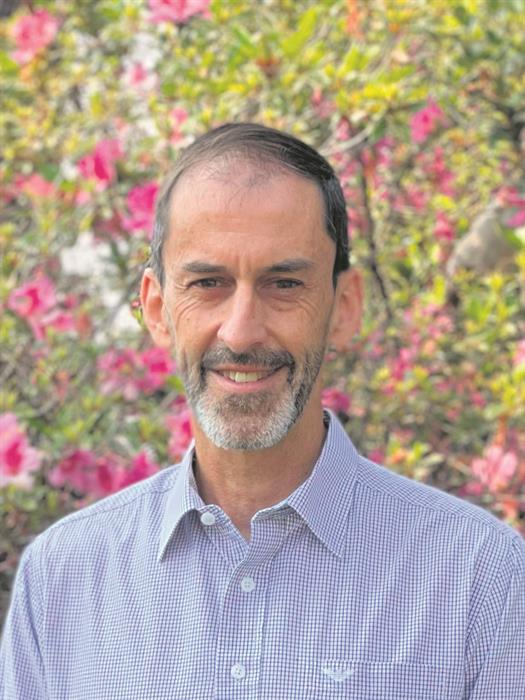GEORGE NEWS - The annual avocado harvest in the Southern Cape has been increasing annually and the trend continues in 2025.
Between 5 000 and 7 000 tonnes are expected to come off the trees in the Western Cape in the coming months, of which the majority will be from the Southern Cape. This is a doubling of last year's harvest.
According to Derek Donkin, the CEO of the South African Subtropical Growers' Association (Subtrop), the growth is due to new entrants to the industry and existing growers expanding their orchards. Subtrop manages the affairs of the SA Avocado, Litchi and Mango Growers' Associations.
"We are still in the process of determining the extent of the growth. There have been new plantings from Swellendam to Plettenberg Bay. Last year, 3 000 tonnes of avocados were harvested in the Western Cape, with the majority from the Southern Cape.
"The expected doubling of production this season is evidence of extensive expansion of the past few years as new orchards are starting to come into production. It takes around seven or eight years for avocado orchards to reach full production, so we expect to see continued growth in years to come."
Andrew Moolman of the GE Packhouse, where avocados from over the Southern Cape are packed, says they have been in full production from four weeks ago. He says there are signs that the drought is affecting the quality and yield on some of the farms. Nevertheless, due to the growth in the sector, they are expecting a significant increase in tonnage handled by the packhouse. On their own farm, Great Brak Avos, the harvest is expected to reach 300 tonnes this year. They will start harvesting in about three weeks.
 Produce from Great Brak Avos. Photo: Supplied | Great Brak Avos
Produce from Great Brak Avos. Photo: Supplied | Great Brak Avos
Another local farmer from the Witfontein area, Tobie McDonald, says they are expecting to double last year's harvest. McDonald credits the farm's strategic location against the mountain for its success. "It provides a reliable water supply and shields us from the effects of drought. However, the bergwind does take its toll, blowing some fruit off the trees near the end of winter."
They currently supply local markets, but are working towards exporting. "This is our third harvest and we have two or three camps that are not yet bearing fruit."
 Subtrop CEO Derek Donkin. Photo: Supplied | Subtrop
Subtrop CEO Derek Donkin. Photo: Supplied | Subtrop
According to Donkin, some orchards are in micro climates that allow harvesting all the way to January, and with some late cultivars like Lamb-Hass, it is expected that growers will harvest until mid to end January. The export window for the province is from September till end October.
"The early variety of Maluma Hass and Hass are the dominant export varieties that make up 60% to 70% of the estimated crop. A portion of this fruit is also sold locally, while late-hung Hass and Lamb Hass are harvested for the South African market from November to January. The remaining fruit - Hass and Lamb Hass - will be harvested to supply the market as needed."
Prices higher due to low volumes locally
Donkin is predicting that prices will increase from now to the end of the year due to the low volumes of avocados available locally.
"The avocado production in the Western Cape is still not sufficient to support the demand during the summer months, and marketers will still be importing avocados from Southern and East Africa to supplement supply."
 Pallets being stacked in the cold room at GE Packhouse.
Pallets being stacked in the cold room at GE Packhouse.
Donkin says the impact of the drought is currently not significant, but it may affect next year's yield. There are orchards planted on saline soils, which results in salt burn on the leaves. Irrigation water also tends to be more saline. "In dry years such as this, salt burn is worse, as the limited rainfall washes less salt out of the soil profile. This places additional stress on the trees and can cause higher levels of fruit drop."
Avos grown with high-tech
The use of technology is growing within the industry. Drones are being used to apply foliar nutrition sprays with great success.
"Other technologies such as remote sensing are being utilised and funded by the Western Cape Department of Agriculture. Remote sensing makes use of specialised satellites to determine stress areas in orchards and water availability."
 In the orchards at Great Brak Avos. Photo: Supplied | Great Brak Avos
In the orchards at Great Brak Avos. Photo: Supplied | Great Brak Avos
‘We bring you the latest Garden Route, Hessequa, Karoo news’

















